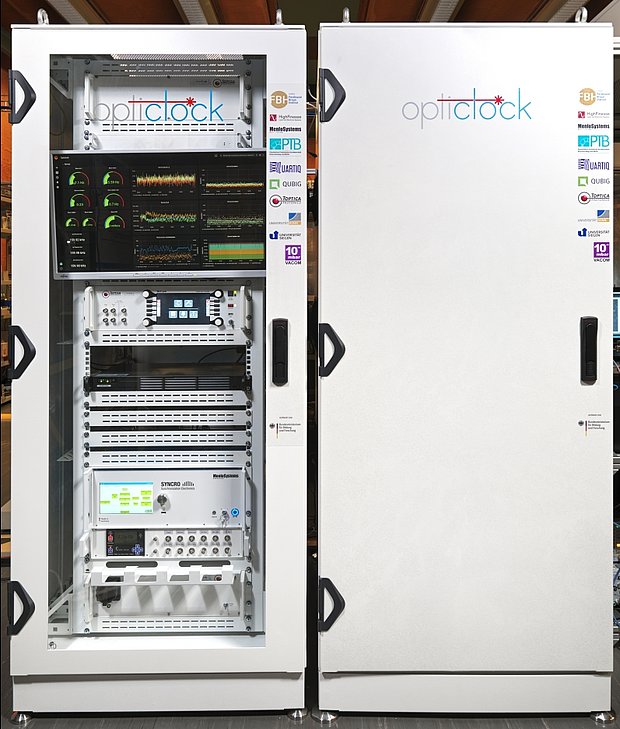
Quantum technologies
Quantum technologies are technologies that are based on the targeted exploitation of quantum effects. Examples of this are semiconductor technologies, magnetic resonance tomography or the laser. In current scientific and technical developments - the second generation of quantum technologies - the focus is on the control of quantum states of individual or coupled systems, i.e. its targeted preparation, its coherent control and subsequent detection. This results in new possibilities for applications in information transmission and processing, for highly precise and sensitive measuring and imaging devices, as well as for overcoming today's limitations in the simulation of complex systems.
In the field of quantum technology, the BMBF has initiated a strategy process involving the specialist community, which has emphasized the importance of the subject area for the economic and scientific location of Germany. This has been in line with the current assessment of the subject field in the European and international environment. With this funding measure, the BMBF is implementing the first results of these processes.
Applied Quantum Technology
Within the framework of the project “Optical single-ion clock for users” (opticlock), a demonstrator of a compact optical clock with a high availability will be developed with the participation of industrial partners. High precision clocks are one of the first and most prominent applications of quantum technology. This latest generation of clocks is based on optical transitions in neutral atoms or charged ions. Prototypes in leading international metrology laboratories today reach accuracies of a few parts in 1018, which corresponds to a deviation of about one second over the age of the universe. Such a device with unprecedented precision opens up many commercial applications, e.g. in the area of synchronization of large data networks in telecommunications and of radio telescopes, as well as in earth observation for the measurement of height differences and finally to improve time scales and navigation in global satellite navigation systems such as GPS and GALILEO.
Optical Clocks for Field use
The objective of the project is to develop an optical clock as a replacement for a hydrogen maser (laser in the microwave range, based on hydrogen atoms), which has been used for many of these applications in the past, and improver over it in both stability and accuracy by a factor ten. The planned clock is based on a single ytterbium ion captured and laser-cooled in an ion trap. This type of clock is one of today's most accurate frequency standards. Up to now, however, such clocks have been operated by scientists in highly specialized laboratories under well-defined conditions. In this project, a robust, long-lasting and easy-to-use clock, which can be operated outside a specialized laboratory, will be developed through a targeted transfer of scientific research results into industry. For this purpose, central components of the clock, such as the cooling and clock lasers, the ion trap, the vacuum apparatus and the control of the clock will be developed by the industrial partners with the necessary engineering expertise. Thus, a fully functional clock demonstrator will be available by the end of the project. The results achieved serve as a starting point for further development in quantum technology in general and subsequent product developments, which also include successful commercialization. The miniaturization and integration of the individual components as well as the development of a system architecture for a complex quantum sensor are central tasks. The entire system will be integrated into two mobile rack assemblies and will be operated for several days without user interaction. The necessary development of key technologies will also benefit other applications of quantum technology, such as quantum computers, quantum simulators or quantum sensors based on trapped ions or atoms.


